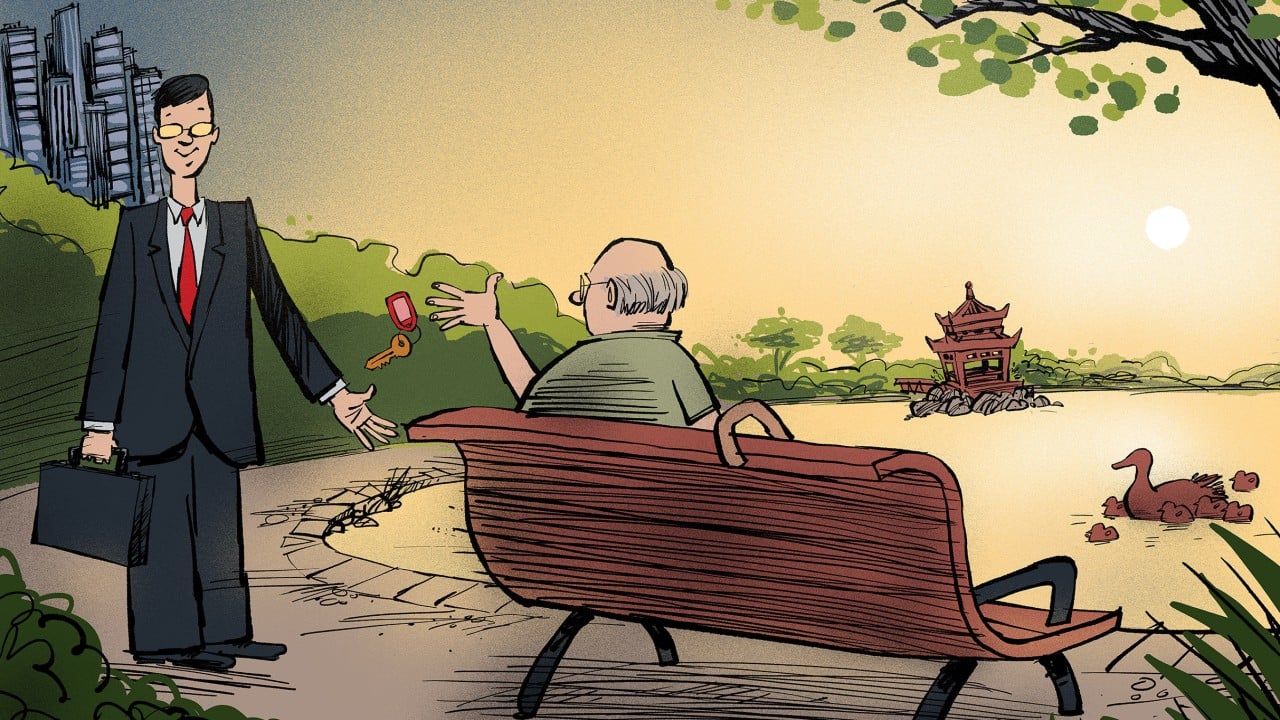
Imagine an elderly couple who have lived for decades in a modest, centrally located flat, now fully paid off. As they age, they seek a change: a fresh living environment with more space, better security and new amenities.
They relocate to a newer unit in a quieter district, equipped with a clubhouse, modern security and a shuttle bus service to the town centre. Meanwhile, their old flat becomes available to younger, working adults whose jobs demand proximity to transport and commercial hubs. A win-win situation emerges: the elderly enjoy a more comfortable, quiet environment while younger residents occupy prime, well-connected housing.
This micro-level adjustment points to a broader insight: Hong Kong’s land resources could be used far more efficiently if living spaces were aligned with residents’ needs and life stages.
Today, many older citizens remain in centrally located, ageing public housing estates, while younger families struggle to find affordable homes in accessible areas. If retirees were encouraged – and supported – to move to areas better suited to their lifestyles, central urban housing could be freed for those who need it most.


